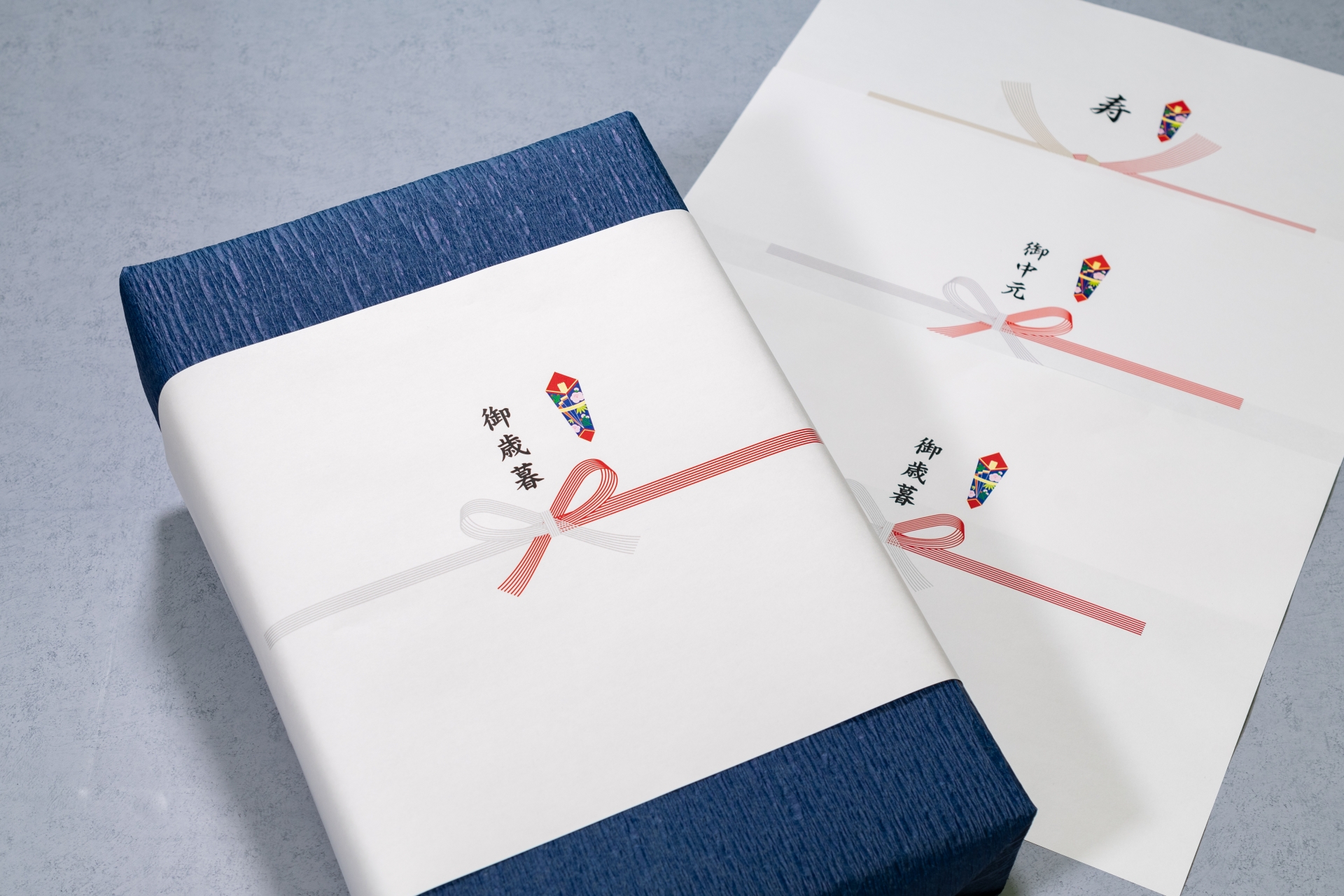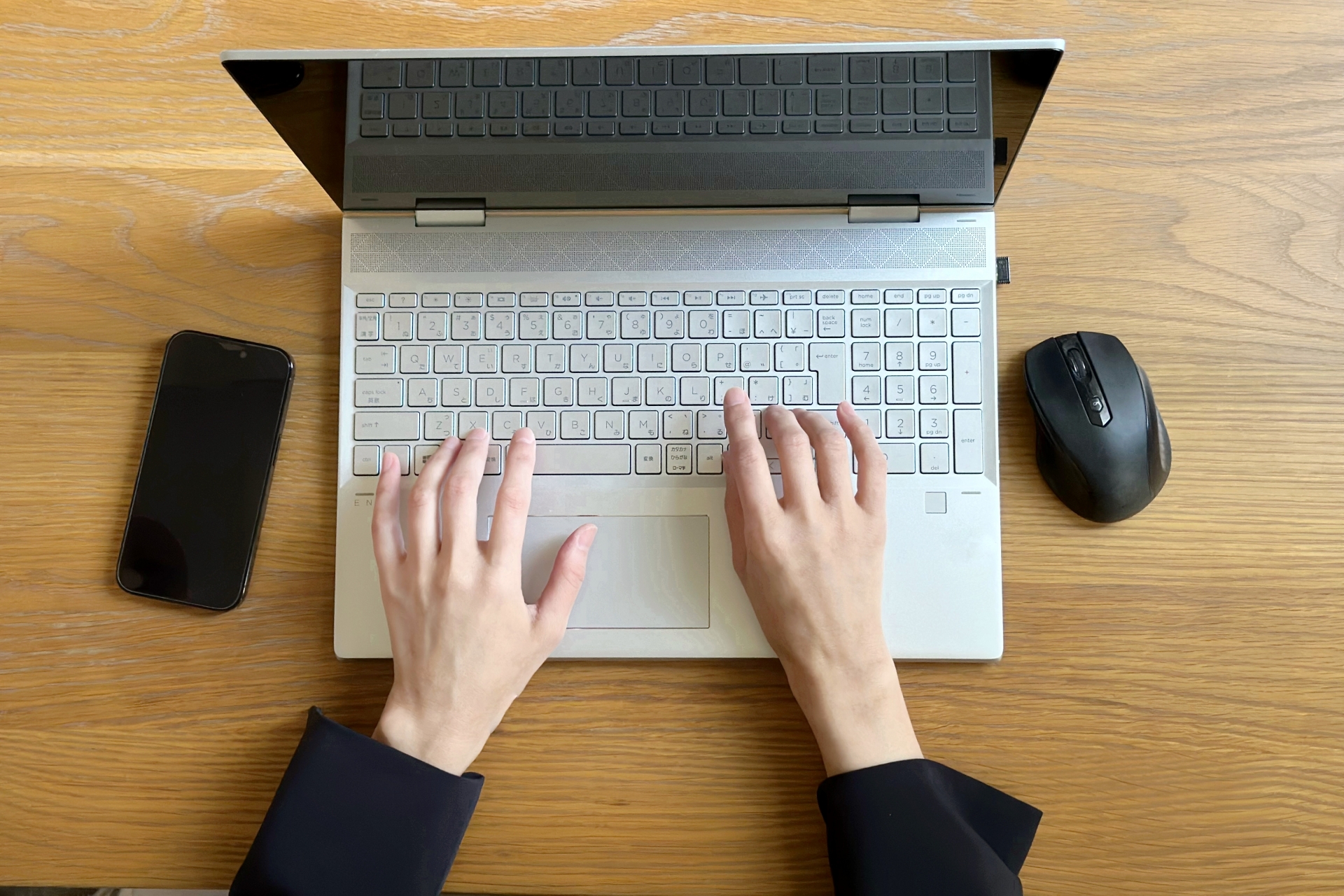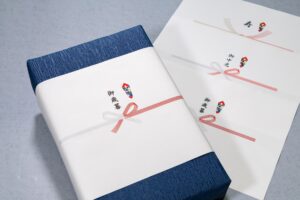Writing professional emails in Japanese requires more than just translating English into Japanese. It involves understanding a unique communication style rooted in hierarchy, politeness, and cultural nuance. This guide will walk you through everything you need to know about Japanese email etiquette — from subject lines to sign-offs — and offer practical templates and tips to avoid common mistakes.
What Makes Japanese Email Etiquette Unique?

Japanese email communication diverges significantly from Western styles, primarily due to its emphasis on hierarchy, indirectness, and formality. Unlike Western emails that prioritize efficiency and brevity, Japanese emails tend to follow a ritualistic format that honors politeness and respect. At the heart of this is “keigo” (敬語), the complex system of honorific language used to convey respect based on the social status of the sender and recipient.
Formality isn’t just a matter of politeness in Japan—it’s a reflection of one’s understanding of social roles and cultural decorum. Business emails must be carefully constructed to maintain harmony (wa), show humility, and avoid offending the recipient. For example, requests are phrased indirectly to avoid imposing, and even simple statements are softened with honorifics and humble expressions. Understanding and mastering these nuances is key to building strong professional relationships in Japan.

The Anatomy of a Japanese Business Email
A well-structured Japanese business email follows a consistent format. Here’s a breakdown of each essential component:
件名 (Subject Line)
Should be clear, direct, and informative. Avoid vague titles like “Hello.” A good example:
- 要件:6月の会議スケジュールの確認 (“Subject: Confirmation of June Meeting Schedule”)
宛名 (Recipient’s Title and Name)
Use appropriate honorifics:
- For individuals: 佐藤様 (Sato-sama)
- For departments/companies: ABC社 総務部御中 (ABC Co., General Affairs Dept. – Onchuu)
Use “To,” “CC,” and “BCC” correctly—only direct recipients in the “To” field to maintain proper etiquette.
挨拶 (Greeting)
Begin with a phrase that expresses gratitude or acknowledgment:
- いつもお世話になっております (Thank you always for your continued support)
名乗り (Self-introduction)
Especially important for first-time contact:
- ABC社のジョン・スミスと由します (This is John Smith from ABC Company)
本文 (Main Message)
Keep it organized, to the point, and respectful. Break into short paragraphs if covering multiple points. Use bullets if listing.
結びの言葉 (Closing Phrase)
End with a polite closing:
- 今後ともどうぞよろしくお願いいたします (Thank you for your continued support)
署名 (Signature Block)
Include:
- Name (in kanji and furigana if appropriate)
- Title
- Company
- Email and phone number
Example Email (Annotated):
Subject: 要件:6月の会議スケジュールの確認
ABC社 総務部御中
いつもお世話になっております。
XYZ社のジョン・スミスと由します。
6月の会議スケジュールについて、下記のとおりご確認ください。
– 6月12日(火)、午前10時 〜 午後12時
– Zoomミーティングリンク:…
今後ともどうぞよろしくお願いいたします。
ジョン・スミス
XYZ株式会社 総務部
03-1234-5678
Examples of Common Greetings and Closings
| Context | Japanese | English | Notes |
| Initial greeting | いつもお世話になっております | Thank you always for your continued support | Most common opener |
| Seasonal | 新緑の候、貴社ますますご清栄のこととお喜び申し上げます | Wishing you continued success during this season of fresh greenery | Appropriate for May |
| Seasonal | 入梅の候、皆様にはお変わりなくお過ごしのことと存じます | I trust this rainy season finds you well | Appropriate for June |
| Closing | 今後ともよろしくお願いいたします | I appreciate your continued support | Standard polite closing |
| Apology | ご返信が遅れまして申し訳ございません | I apologize for the delayed reply | Shows respect and humility |

Understanding and Using Keigo (敬語) Correctly

Keigo is a cornerstone of Japanese email etiquette. It consists of three forms:
- Sonkeigo (尊敬語): Respectful language used for the actions of others (e.g., ご覧下さい for “please look”)
- Kenjougo (謙譲語): Humble language for your own actions (e.g., 拝見します for “I will see you”)
- Teineigo (丁寧語): Polite language using -masu and -desu endings
Common mistakes include mixing forms, overusing sonkeigo, or misapplying set expressions. Non-native speakers often inadvertently appear arrogant by using respectful language for themselves instead of humble expressions.
Practical Keigo Phrase Bank for Emails
| Function | Japanese Phrase | English Equivalent | Cultural Note |
| Opening | いつもお世話になっております | Thank you for your continued support | Use in nearly all business emails |
| Requesting | ご確認のほど、よろしくお願いいたします | Kindly confirm | Polite, indirect |
| Apologizing | ご返信が遅れまして申し訳ございません | I apologize for the delayed reply | Must for late responses |
| Closing | 今後ともよろしくお願いいたします | Thank you in advance | Safe to use broadly |
Japanese vs. English Email Templates: Side-by-Side Comparison
Here’s a practical comparison of a typical English business email and its Japanese counterpart:
English Email:
Subject: Meeting Request for Next Week
Hi Mr. Sato,
I hope this message finds you well. I would like to schedule a meeting next week to discuss our upcoming project. Are you available Tuesday or Wednesday?
Best regards,
John Smith
XYZ Corporation
Japanese Email:
件名:来週の打ち合わせについて
佐藤様
いつもお世話になっております。
XYZ株式会社のジョン・スミスと申します。
来週、今後のプロジェクトについてお打ち合わせの機会を頂きたく存じます。
ご都合のよろしい日時をご教示いただけますと幸いです。
何卒よろしくお願いいたします。
ジョン・スミス
XYZ株式会社
Key Differences:
- Subject: Japanese is more specific and formatted.
- Greeting: Includes a gratitude-based opener.
- Tone: More indirect and humble.
- Signature: Full name and organization details are more formal.
Email Do’s and Don’ts in Japanese Business Culture
✅ Best Practices:
- Use a clear, content-reflecting subject line
- Apply “To,” “CC,” and “BCC” correctly
- Reply within 24 hours
- Address the recipient with proper titles and honorifics
- Use structured paragraphs or bullets for clarity
❌ Common Mistakes:
- Vague subject lines like “Hello” or “Question”
- Omitting greetings in replies
- Writing dense, unstructured blocks of text
- Being overly direct or casual
Example (Incorrect → Correct):
- ❌ Subject: “Question” → ✅ 件名:製品デモに関するご質問
- ❌ “Can you send me the files?” → ✅ ファイルをお送りいただけますと幸いです。

Common Mistakes in Japanese Email Writing and How to Avoid Them
| Mistake | Explanation | Corrected Version |
| Using “様” for companies | Use “御中” for organizations | ABC株式会社御中 |
| No greeting in reply | Seen as impolite | いつもお世話になっております |
| Too casual or direct | May seem rude or pushy | ご対応のほどよろしくお願いいたします |
| Long, cluttered messages | Hard to read and process | Use line breaks and bullets |
Advanced Etiquette: Apologies, Delays, and Follow-ups
Apologizing for Delays
ご返信が遅れまして申し訳ございません。 (I’m sorry for the delayed reply.)
Following Up
先日お送りしたメールについてご確認いただけましたでしょうか。 (Just following up on my previous email.)
Requesting Clarification
恐れ入りますが、もう少し詳しくご説明いただけますでしょうか。 (If I may ask, could you kindly clarify further?)
These expressions demonstrate humility and avoid appearing confrontational.
Modern Trends: Email vs. Chat Tools in Japanese Companies

While email remains the formal standard in Japanese business communication, many companies are increasingly adopting tools like Slack, Microsoft Teams, and Chatwork. However, email is still preferred for:
- Formal requests
- External communication
- Record-keeping
Chat tools are more casual and suited for internal messaging, but basic politeness still applies. Even in Slack, a greeting like お疲れ様です (Thanks for your hard work) before making a request is often expected.
Conclusion: Communicating Respectfully Across Cultures
Mastering Japanese email etiquette is more than just learning grammar and vocabulary—it’s about recognizing cultural values and adapting your tone, structure, and expressions accordingly. By observing common practices, avoiding pitfalls, and consistently applying respectful language, you’ll not only write effective emails but also build trust and rapport in your cross-cultural communications. Keep learning, stay curious, and let your emails reflect your professionalism and cultural awareness.













